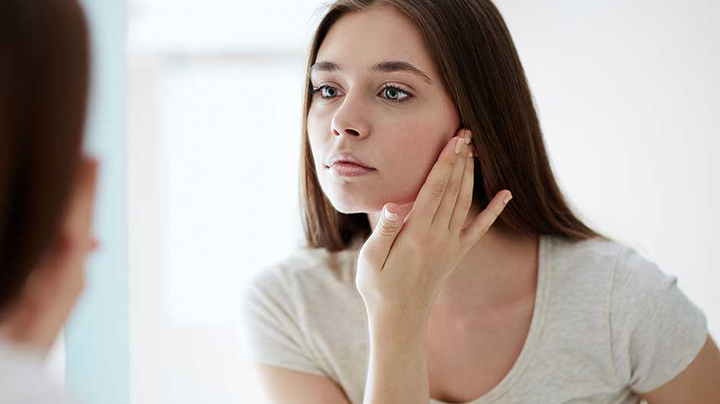We’ve been hearing it since March: Wash your hands. And frequently. And while we would be the last people on Earth to tell you to nix handwashing advice from the World Health Organization, frequent (and necessarily excessive) hand washing can lead to super dry and uncomfortable hands. It’s not just handwashing, either: the wearing of personal protective equipment (PPE) and other personal hygiene measures can cause our skin to act up. Unfortunately, these are consequences we have no choice but to deal with, as beating COVID-19 is far more important than keeping, say, our hands nice and soft. But can anything be done to mitigate the side effects? Based on the following report by Dr. Filipino C. Buñag, Jr., our Assistant Medical Director, all hope is not lost yet.
I wash my hands frequently. What can I do to prevent dry hands?
- Causes and effects: Exaggerated handwashing with detergents or disinfectants can impair the hydrolipid mantle of the skin surface and may be responsible for Irritant Contact Dermatitis.
- Among our frontliners: Two-thirds of healthcare workers wash their hands over 10 times a day, but only 22% apply hand creams and emollients after.
- Quick fix: Emollients that contain Hyaluronic Acid, ceramide, or Vitamin E are recommended for prevention of Hand Dermatitis.
Source: Elston DM. Letter from the editor: occupational skin disease among healthcare workers during the coronavirus (COVID-19) epidemic [e-pub ahead of print]. J Am Acad Dermatol. 10.1016/j.jaad.2020.03.012
I’m a frontliner who has to wear a mask, gloves, and goggles everyday. How do I protect my skin?
- Causes and effects: Prolonged contact with masks and goggles may cause a variety of cutaneous diseases, ranging from Contact and Pressure Urticaria, Contact Dermatitis to aggravation of Atopic Dermatitis.
- Among our frontliners: The most commonly affected sites are the nasal bridge (83% due to the use of protective goggles), cheeks, forehead, and hands.
- Quick fix: If you’re planning to add a barrier to prevent irritation, anything placed between your skin and PPE should not interfere with function. In a report by Allure Magazine, two dermatologists weigh in: “Jeremy Brauer, a board-certified dermatologist in New York City, suggests placing a layer of soft gauze or a sterile bandage roll prior to putting the mask back on may alleviate some of the irritation and bruising, as long as you are able to maintain the appropriate seal. Shari Marchbein, a board-certified dermatologist in New York City, also suggests using thin dressings…right on the bridge of the nose, as that area of the skin is most sensitive to the added pressure of the N95 masks.”
Source: Yan Y, Chen H, Chen L, et al. Consensus of Chinese experts on protection of skin and mucous membrane barrier for healthcare workers fighting against coronavirus disease 2019 Wang J.V., Parish L.C. Dermatologic manifestations of the 1918-1919 influenza pandemic. Skinmed. 2019;17:296–297.
I have red marks after removing my PPE. What do I do?
- The breakdown: The red marks from pressure that commonly appear upon PPE removal are known as reactive erythema and should show resolution within 20-30 minutes.
- What NOT to do: If the erythema doesn’t fade away, it suggests level 2 damage. Do not rub or massage erythematous skin. Non-blanchable erythema suggests that underlying tissue damage has already occurred, and rubbing can exacerbate it.
- How to prevent this: Ideally, the pressure from a mask or other PPE should be off-loaded periodically, at least every 4 hours. This isn’t always possible, unfortunately.
Pre- and Post-Work Skincare Sequence
If you have to wear PPE for work every day (and by the way, we salute you), Dr. Buñag recommends that you follow this procedure:
At home, before leaving for work, or 1 to 2 hours before donning PPE:
- Wash face and hands well; dry thoroughly.
- Apply moisturizer to face and hands. It should be completely absorbed.
At work, before donning PPE:
- Apply skin barrier wipe to dry face: forehead, nose, cheeks, and ears (if needed).
- Let dry 90 seconds, until no longer tacky.
We hope that these tips will help you feel more comfortable at the beginning or end of your work day. If you feel that you need further guidance from our MDs on how to soothe your skin, book a Belo Online Consultation here, or call 8819-BELO to set up a face-to-face appointment.
